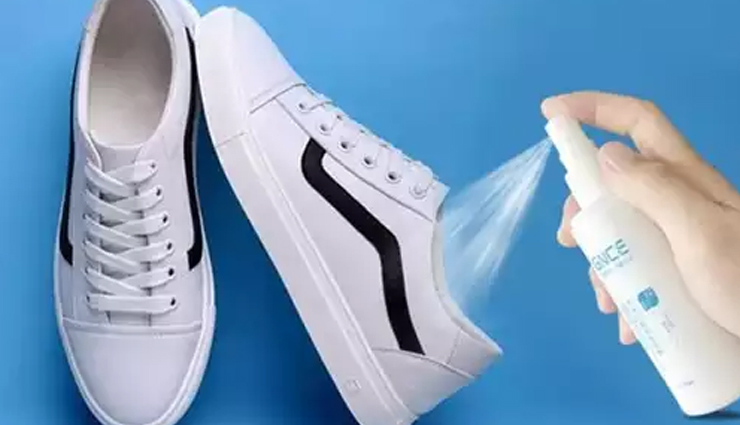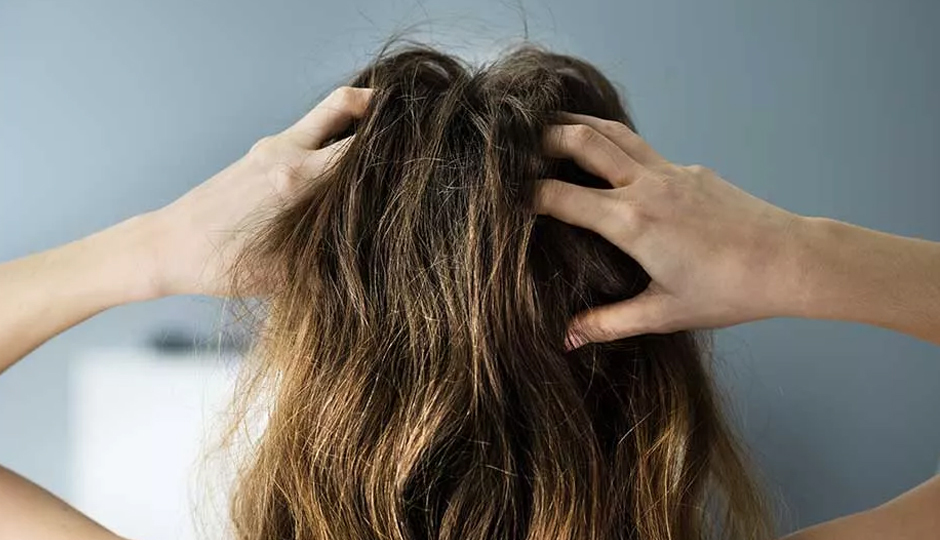7 Important Preventive Tips To Keep Nail Infections At Bay
By: Kratika Maheshwari Mon, 21 June 2021 5:18:40

If you’ve been neglecting the condition of your nails, it’s time to stop. One of the most common nail-related problems is a nail infection, which affects people of all ages. Nail infections won’t kill you, but they can certainly cause psychological, physical, and social impairment.
The agents that cause such infections are usually airborne such as fungi, but they can also be bacteria.
When these microbes receive the right kind of environment, they multiply rapidly to give rise to an infection that slowly spreads to all parts of your nail structure, from the nail bed to the nail plate. If left unchecked, the infection can progress to the surrounding skin.

# Keep your nails clean and dry
Most infectious agents thrive in a humid or moist environment with lots of cellular debris to feed upon, but fungi make the most of such conditions.
Fungi usually reproduce through spores. These are very tiny pollen-like bodies that are encapsulated with a solid protective covering and are dispersed in the air.
When these spores land on your body, the body’s temperature, moisture content or dampness, and airflow determine whether they will germinate into a full-blown infection or not.

# Trim your nails properly
Your nails are made of the same protein that makes up your hair: keratin. The fungi responsible for nail infections love to feed on this protein.
Some common keratinophilic fungi responsible for the majority of fungal skin infections in humans include trichophyton, candida, aspergillus, and penicillium.
Such infectious agents limit themselves to the hair, nails, and outer layers of the skin, suggesting that they cannot penetrate any deeper. Despite this inability, they can cause symptoms such as extensive inflammation, itching, and discolored nails with scaly skin lesions.

# Invest in proper footwear
Good-quality footwear plays an important role in keeping your feet, toes, and toenails in the best of condition, but what qualifies as good-quality footwear?
For starters, the front of your shoes must fit the curve of your toes but also provides enough wriggle room. Plus, there should be space for air to pass through to keep your feet properly ventilated. Shoes that are too tight make and keep your feet sweaty, which is conducive to the growth of infection-causing microbes.
As already been mentioned, microbes such as bacteria and fungi adjust very well in damp and closed environments. Proper air current brings in oxygen, and several bacterial strains cannot survive in it. However, more research is needed to see how bacteria respond to humidity and temperature.
Excessively tight shoes can also lead to toenail injury. So it is important to make the distinction between well-fitted and tight. Loose footwear is also not the way to go as it doesn’t provide you a firm footing and rubs against your skin to cause injuries.

# Disinfect your shoes
Toenail infections can be fungal or bacterial. Onychomycosis is one of the most commonly reported toenail infections caused by the overgrowth of certain types of fungi, but bacterial ones are quite prevalent too.
These pathogens can infect your nails in many ways, but one very common source of contamination is your shoes. Many different types of microbes, including staphylococcus, enterococcus, and molds, that thrive within the warm, humid confines of your footwear.
Touching your contaminated shoes can transfer the infection-causing microbes to your fingernails as well.

# Leave your cuticles alone
Cuticles are essential scar tissue that protects your newly formed nails from bacteria and other infectious microbes.
Many people have the habit of picking at this pointy outgrowth until it tears off from the skin. This physical trauma can give rise to a lot of pain and even increase the risk of developing nail infections. The removal of the cuticle loosens your nail and exposes the underlying tissue, which can easily get infected.
Some people choose to get their cuticles trimmed at the salon during manicures, which is much less painful, but still not recommended by most experts. You need your cuticles intact to preserve the structural integrity of your nails, or else you will become highly susceptible to nail infections and seriously painful hangnails.

# Keep your nails properly moisturized
If your nails don’t get enough moisture, they turn brittle and break, chip, split, or crack at the slightest pressure. Plus, the skin around your nails also starts to wear off, resulting in split cuticles.
Thus, it is very important to keep your nails well moisturized to strengthen their structural integrity. Your skin needs moisture to facilitate proper cell turnover and other cellular operations, and this applies to your nails too. This simple measure will also make your cuticles look better.

# Protect your nails in public areas
Community spaces such as gymnasiums, locker rooms, public pools or showers, saunas, and salons tend to have a warm, damp environment, which is perfect for the growth of different kinds of microbes, especially fungi.
Walking barefoot on these contaminated floors can transfer the fungus onto your foot or toenails, giving rise to an infection such as athlete’s foot and onychomycosis.
Nail trauma, such as stubbing of toes and breaking of fingernails, is the most common cause of nail bed injury. Such injuries are particularly common in gyms where one has to work with heavy weights.
Nail traumas can lead to fungal infections such as onychomycosis and nail deformities.





